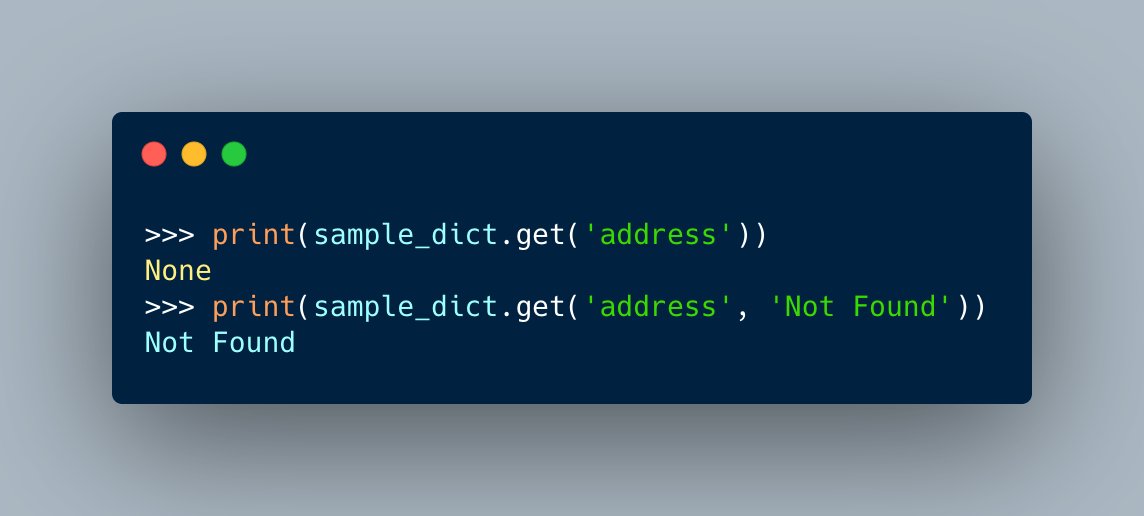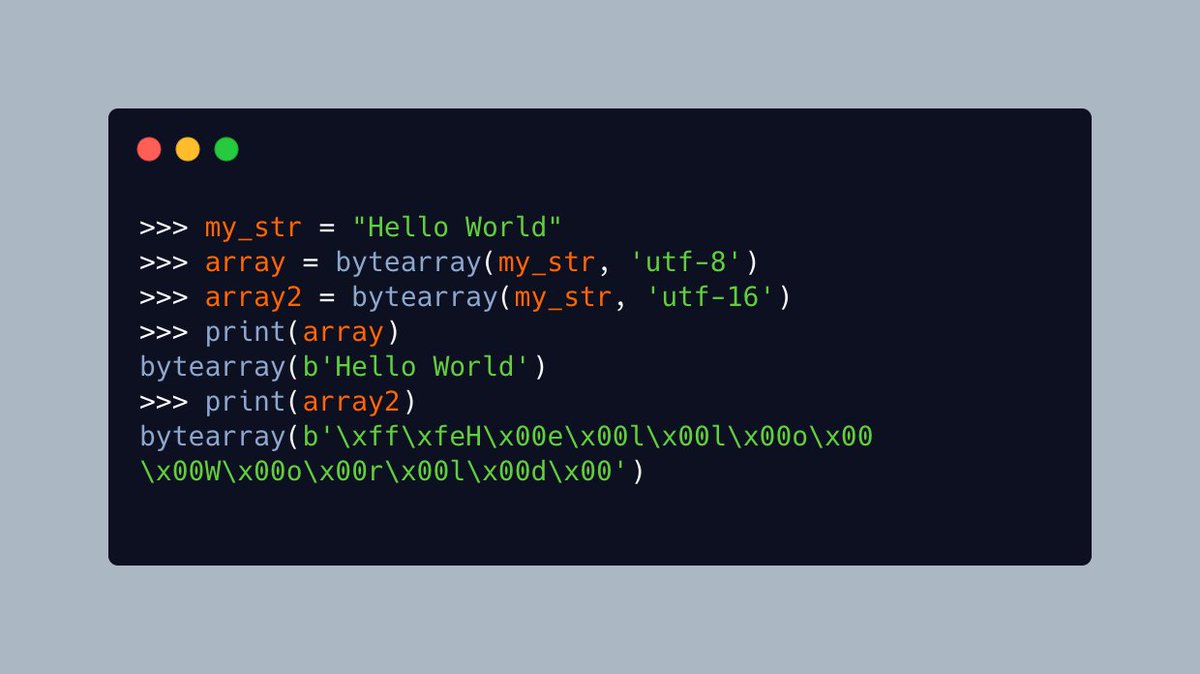
#Python includes a `locals()` function that is built-in too.
It will update and return a dictionary representing the current local symbol table.
#python_builtins_by_driscollis
🧵🐍👇
It will update and return a dictionary representing the current local symbol table.
#python_builtins_by_driscollis
🧵🐍👇
According to the #Python docs, "free variables are returned by locals() when it is called in function blocks, but not in class blocks."
Also note that at the module level, locals() and globals() are the same dictionary.
Also note that at the module level, locals() and globals() are the same dictionary.
The `locals()` function is closely related to #Python's `globals()` function.
I talked about that last month. You can check out that thread here:
I talked about that last month. You can check out that thread here:
https://twitter.com/driscollis/status/1487445463343190022?s=20&t=w7FIb61LBM8tyUdgEeZvDQ
Thanks for learning about Python's handy `locals()` function with me today!
Check out my other threads for more great #Python content or check out my website @mousevspython
Check out my other threads for more great #Python content or check out my website @mousevspython
• • •
Missing some Tweet in this thread? You can try to
force a refresh















